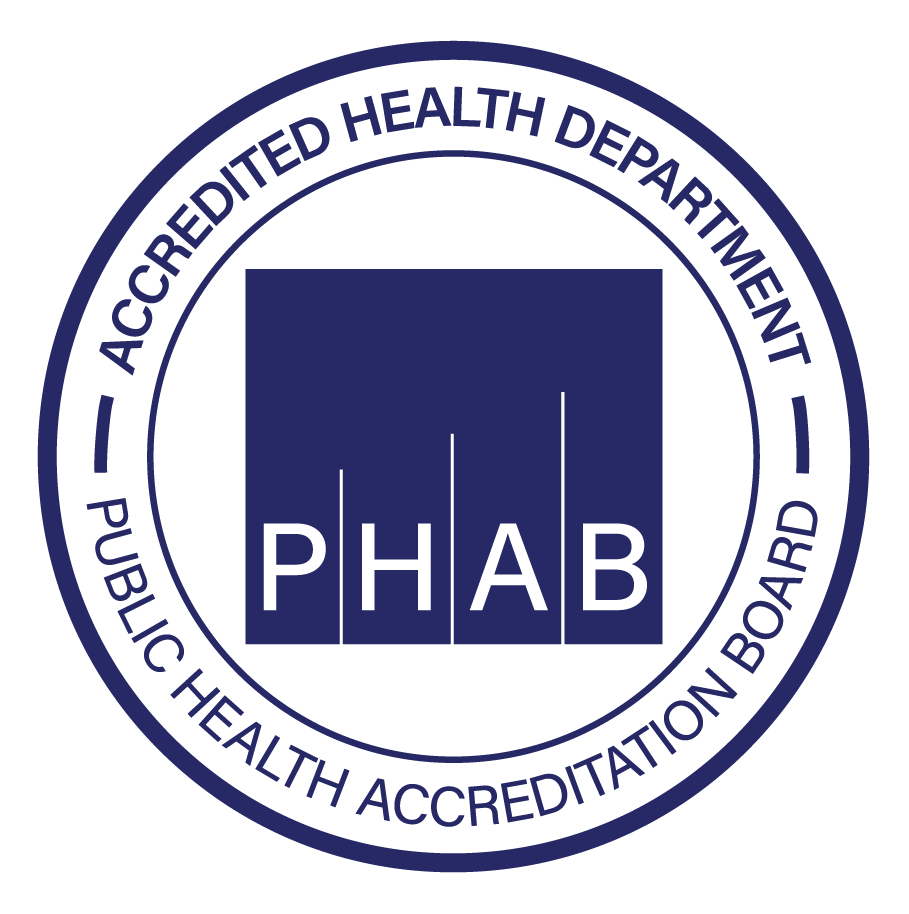How to Record Your Family History
- One way to record a family history is by drawing a family tree called a “pedigree”. (See section under instructions for drawing a family tree)
- You can also create and keep a list of this information without drawing a pedigree.
- Either way, begin by writing down the medical and health information on:
- Yourself
- Your brothers and sisters
- Your children
- Your parents
Then go back a generation at a time and include the following:
- Nieces and nephews
- Aunts and uncles
- Grandparents
- Cousins
For each relative try to write down as many items as possible:
- Age or date of birth.
- For all family members who have passed on, age at death and cause of death.
- If the information is unavailable, write down your best guess (for example, “40’s)
- Medical Problems such as:
- Cancer
- Heart disease
- Diabetes
- Asthma
- Mental Illness
- High Blood Pressure
- Stroke
- Kidney disease
- Alcoholism
- Others
Note the ages at which the conditions occurred.
- Birth defects such as spina bifida, cleft lip, heart defects and others
- Learning problems, cognitive or intellectual disabilities
- Vision and hearing loss at a young age (remember to record the age it began)
- For family members with known medical problems jot down if they smoked, their diet and exercise habits and if they are overweight.
After you draw your family tree, above your mother’s side of the family tree write down where her family members came from (for example, England, Germany, Africa etc); then do the same with your father’s side of the family. This information is helpful because some genetic health problems occur more often in specific ethnic groups.
Contact Information
Oklahoma State Department of Health
Screening & Special Services
1000 NE 10th St, Room 709
Oklahoma City, OK 73117-1207
(800) 766-2223 toll free
(405) 271-6617 phone
(405) 271-4892 fax



